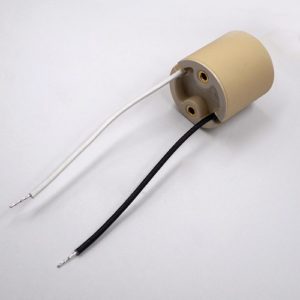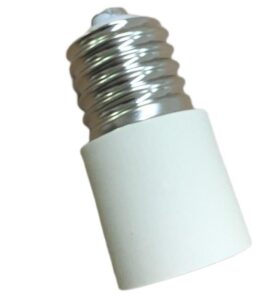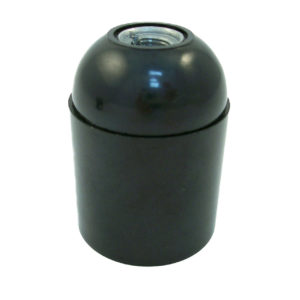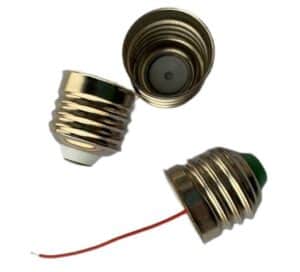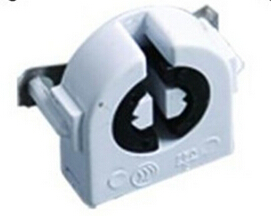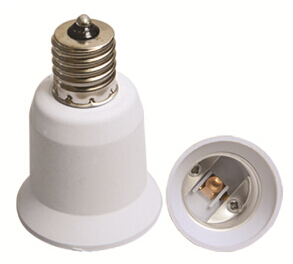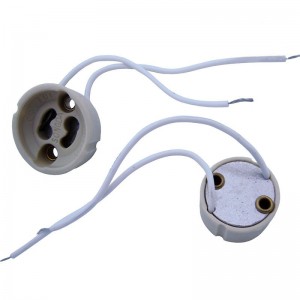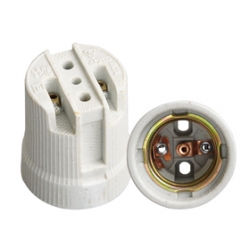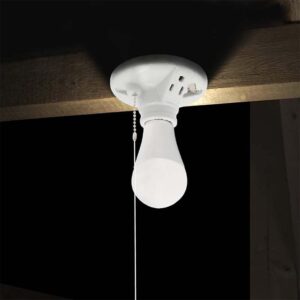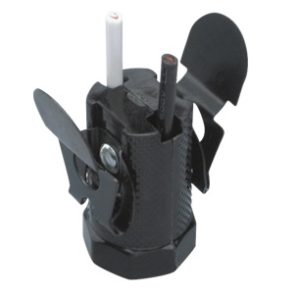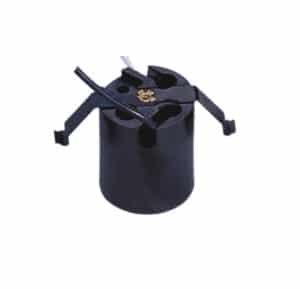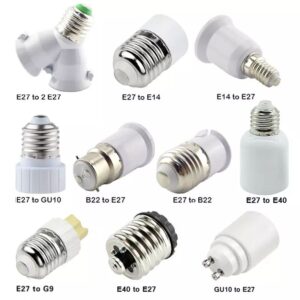At James Lighting, we regularly engage with customers who are on the hunt for the perfect lighting solution. A common query we receive revolves around the difference between pendant and batten lamp holders. Understanding the variety and functionality of different lamp holders is crucial when it comes to creating the right ambiance and lighting effect.
In essence, pendant holders are suspended from the ceiling and often used for focused, downward lighting. In contrast, batten holders are directly attached to the ceiling or wall, usually facilitating more diffused and widespread illumination.
Ready to illuminate your knowledge further? Let’s delve into this fascinating topic and explore these two different types of lamp holders.
Design of Pendant Holders
The design of pendant lamp holders is one of their most recognizable features. They hang down from the ceiling on a chain or cord, allowing the light to be positioned closer to the areas where illumination is required.
This feature makes pendant holders a popular choice for task lighting over kitchen islands or dining tables, as well as mood lighting in living rooms or bedrooms. The range of pendant holder designs, from industrial to minimalist, means they can easily contribute to the room’s aesthetic.
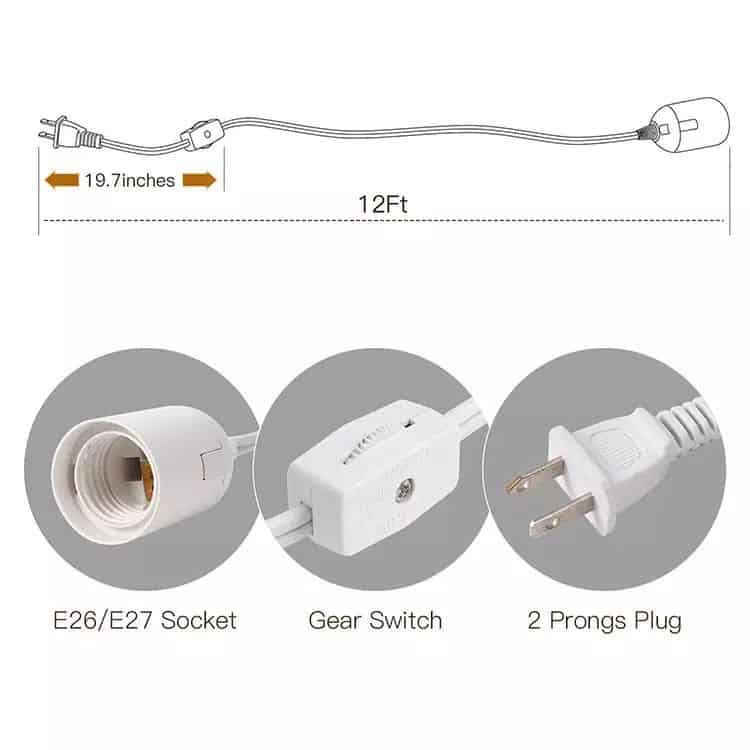
Design of Batten Holders
Unlike pendant holders, batten holders are designed to be attached directly to the ceiling or wall. They provide a more minimalist approach to lighting, often used when the focus is on practicality rather than decoration.
Batten holders are ideal for general ambient lighting. Their position flush against the ceiling allows for a wide dispersal of light, illuminating larger areas more effectively. These holders often feature in utility rooms, garages, or corridors where broad, general light coverage is needed.
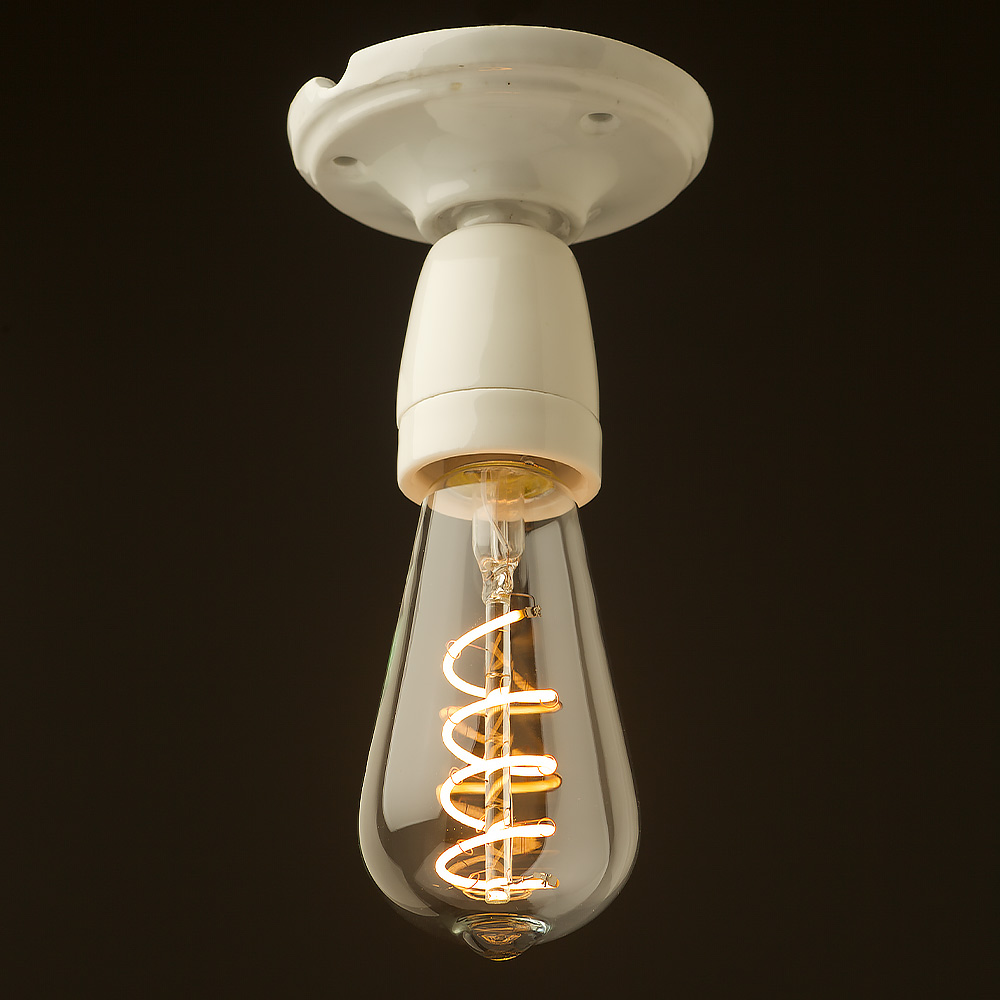
Installation Differences
When it comes to installation, pendant and batten holders also have distinct differences. Pendant holders typically require more consideration regarding height and positioning, given their suspended nature.
Factors such as the ceiling height, room layout, and intended use of light need to be taken into account when installing pendant holders. The aim is to position the light source where it will be most effective without obstructing movement or sight lines.
On the other hand, installing batten holders is usually a simpler process. As they are affixed directly to the ceiling or wall, there’s less need to consider factors such as suspension length.
It’s mostly a matter of ensuring the holder is securely attached and that the electrical connections are correctly and safely made. A professional electrician can handle both types of installations with ease, though some homeowners may feel confident to install batten holders themselves.
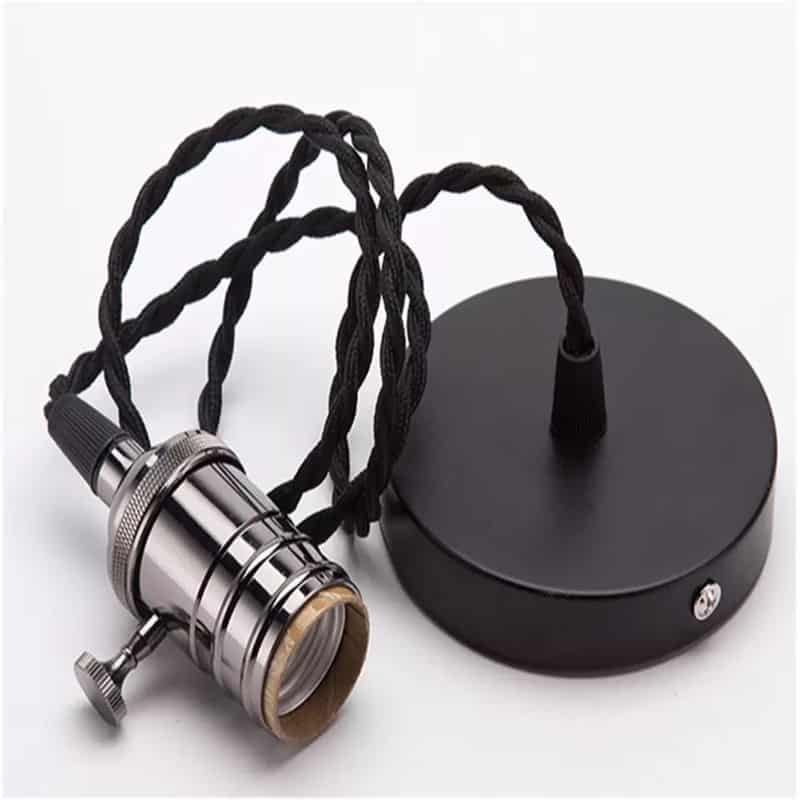
Lighting Effects and Purpose
Pendant holders, due to their hanging design, are excellent for creating focused, downward lighting. This makes them perfect for task lighting, accent lighting, or creating a focal point in a room.
They allow for precise control over where the light falls, and when combined with dimmers or multi-light pendants, the lighting effect can be easily adjusted to suit the mood or function of the room.
Batten holders, conversely, are generally used for widespread, ambient lighting. Their positioning flush with the ceiling or wall means the light can reach further into the room, creating a more evenly lit space.
They’re excellent for general room lighting, particularly in larger spaces or areas where a broad light coverage is required. They’re often used with diffusers or lamp shades to soften the light and reduce glare.
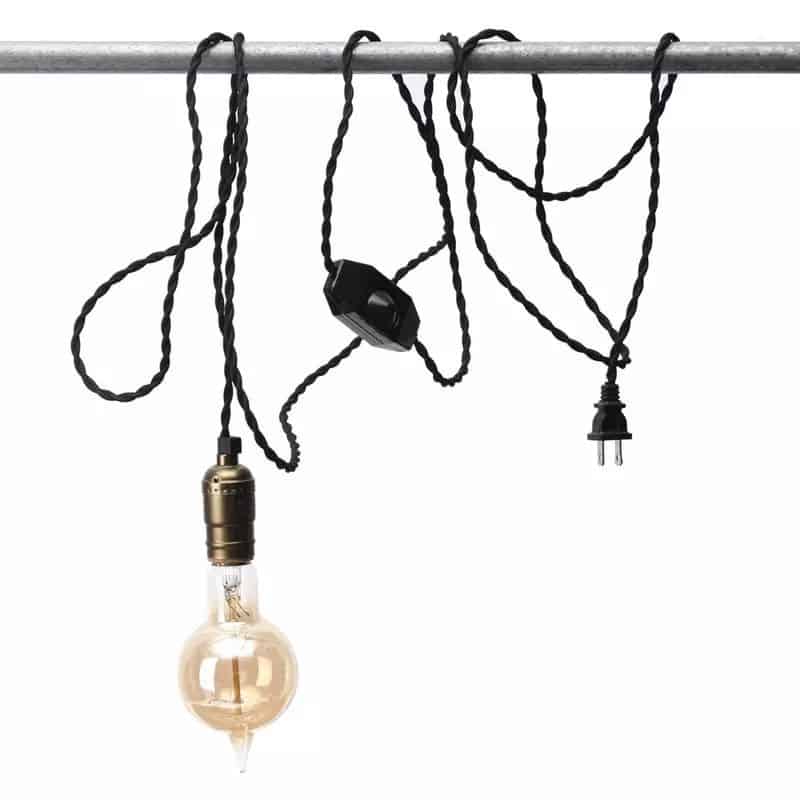
Range of Styles
There’s a wide range of styles available for both pendant and batten holders. Pendant holders can be found in a myriad of designs to suit all manner of interior decor, from sleek and modern to rustic and vintage.
Their visible nature makes them an integral part of the room’s aesthetic, so choosing a pendant holder that aligns with your decor is essential.
Batten holders, while generally more understated, also come in various styles. Though often less of a design feature than pendant holders, they can still contribute to the room’s aesthetic.
From sleek, minimalist holders to more decorative designs, there’s a batten holder to suit every style of decor.
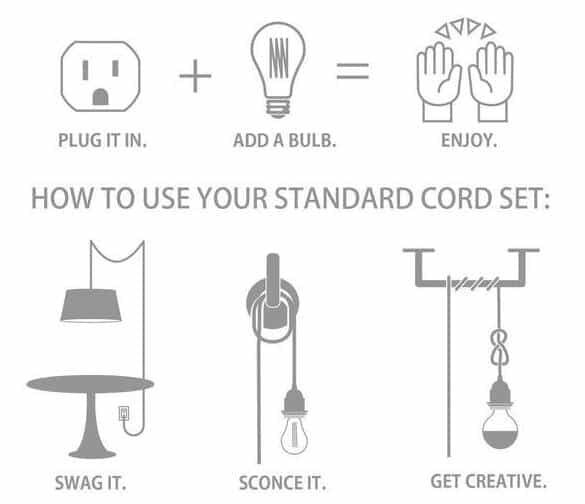
Safety Considerations
Safety is paramount when dealing with lighting fixtures. Pendant holders, due to their hanging nature, need to be securely fastened to the ceiling to prevent them from falling.
Additionally, the bulbs in pendant fixtures can become quite hot, so they should be hung high enough to avoid accidental contact.
Batten holders, on the other hand, are secured directly to the ceiling or wall, reducing the risk of them coming loose or falling. However, the electrical connections must be properly installed and insulated to prevent potential electrical hazards.
Whether you’re dealing with pendant or batten holders, always ensure installations are performed by a qualified electrician, and always follow manufacturer guidelines for safety.
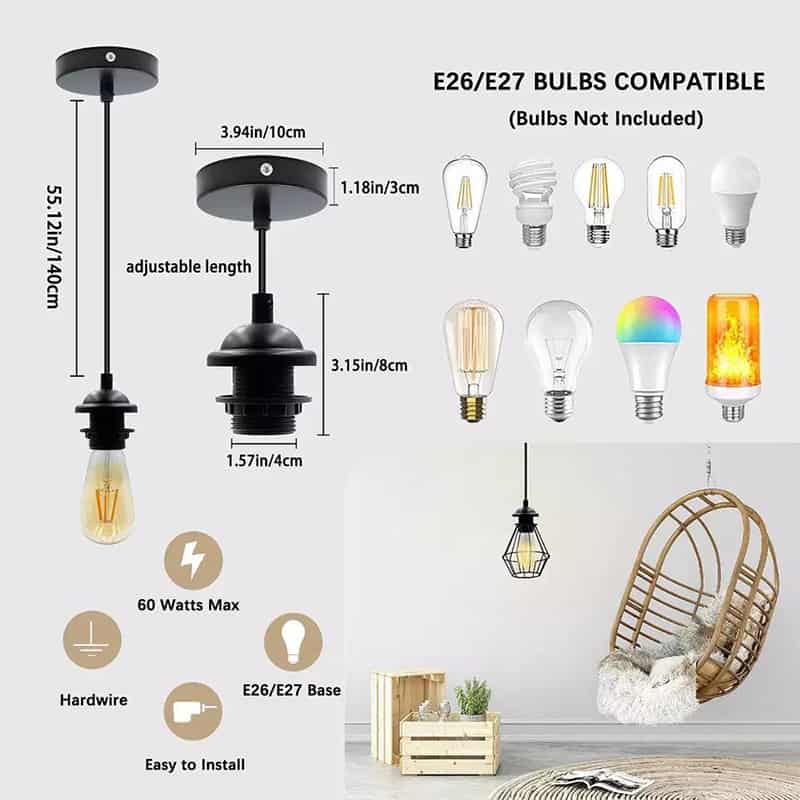
Conclusion
So, to recap: pendant lamp holders are great for focused, task-oriented lighting and are generally more of a design feature. Batten holders are perfect for providing general, ambient light and are often more minimalist in design. Both come with their own considerations regarding installation and safety.
Choosing between the two will largely depend on the purpose of the light and the aesthetic of the room. At James Lighting, we offer a variety of both pendant and batten holders, and our team is always ready to assist you in making the right choice for your lighting needs.

